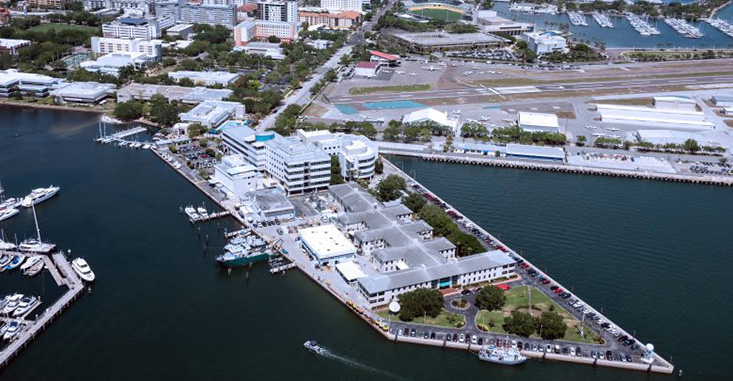
Marine Science Faculty Publications
Document Type
Article
Publication Date
7-2016
Keywords
Oil spill, Gulf of Mexico, Deepwater Horizon, Paleoredox, Trace metal, Rhenium, Manganese
Digital Object Identifier (DOI)
https://doi.org/10.1016/j.dsr2.2014.12.009
Abstract
Following the blowout of the Macondo well, a pulse in sedimentation resulted in changes in sedimentary redox conditions. This is demonstrated by downcore and temporal changes in the concentration of redox sensitive metals: Mn, Re, and Cd. Sediment cores collected in the NE Gulf of Mexico (GoM) reveal increased sedimentation after the Deepwater Horizon (DWH) blowout. The formation of mucous-rich marine snow in surface waters and subsequent rapid deposition to underlying sediments is the likely cause. Respiration of this material resulted in decreased pore-water oxygen concentration and a shoaled redoxcline, resulting in two distinct Mn peaks in sediments following the event, one typically in the top 10 mm, with the other at 20–30 mm. Most cores near the wellhead reveal this non-steady state behavior for up to two years after the event. Associated with the Mn minimum between the two Mn peaks, a modest (15–30%) enrichment of Re consistent with reducing sediments typically exists. A three-year time series of three stations following the event reveal that sediment Re increased 3–4 times compared to the pre-impact baseline value for two years, indicating sediments are increasingly more reducing for two years. In the third year, Re concentration decreased, suggesting a return towards pre-impact conditions. In select sites where the density of benthic foraminifera was determined, an assemblage-wide decrease occurred coincident with reducing conditions as determined by redox sensitive metals, demonstrating the important consequences of changing redox conditions on benthic ecosystems. Determination of redox sensitive metals will continue to constrain the temporal evolution of reducing conditions, which will serve to document the long-term effects of the spill, and the possible return to pre-event conditions.
Rights Information

This work is licensed under a Creative Commons Attribution-Noncommercial-No Derivative Works 4.0 License.
Was this content written or created while at USF?
Yes
Citation / Publisher Attribution
Deep Sea Research Part II: Topical Studies in Oceanography, v. 129, p. 167-178
Scholar Commons Citation
Hastings, D. W.; Schwing, Patrick; Brooks, G. R.; Larson, R. A.; Morford, J. L.; Roeder, T.; Quinn, K. A.; Bartlett, T.; Romero, Isabel C.; and Hollander, David, "Changes in Sediment Redox Conditions Following the BP DWH Blowout Event" (2016). Marine Science Faculty Publications. 245.
https://digitalcommons.usf.edu/msc_facpub/245

